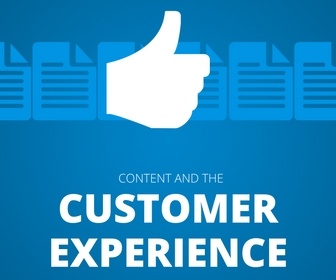
The vast majority of business leaders view customer experience as the key differentiator for their business. In fact, Gartner estimates that 89% of businesses will compete primarily on customer experience by 2017.

The vast majority of business leaders view customer experience as the key differentiator for their business. In fact, Gartner estimates that 89% of businesses will compete primarily on customer experience by 2017.

Business hours are precious. Making the most of them is critical When poor tools, organisational obstacles and convoluted processes frustrate employees, time is lost and productivity suffers. And that's a problem no amount of after-work pizzas, break-room foosball or high-tech nap-pods will be able to fix.
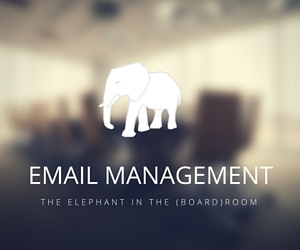
Business email has evolved. The HTML styled missives you receive today bear little resemblence to the first QWERTYUIOP punched out by Ray Tomlinson in 1971. While the look and underlying technology have changed enormously over the last 40-odd years, most significant has been the change in the role of email in business.
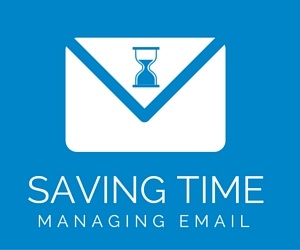
Managing email takes time. More than two hours of every working day for most of us according to recent studies. The time saving tips that work for some, may be a drag for others, but most important is finding the email management practices that keep the whole business operating productively, both today and into the future.

So you know what a file plan is and why having one makes sense...but where to start? Defining how your organisation stores and manages its documents needn't be a mammoth task, in fact simplicity will serve you well.

You know what it's like....you've been saving your product documentation and sales collateral in the Marketing folder on the company file server for years before discovering that the Engineering team have their own Marketing folder with the same kind of stuff! Not to mention what Support has duplicated in their own team folders.
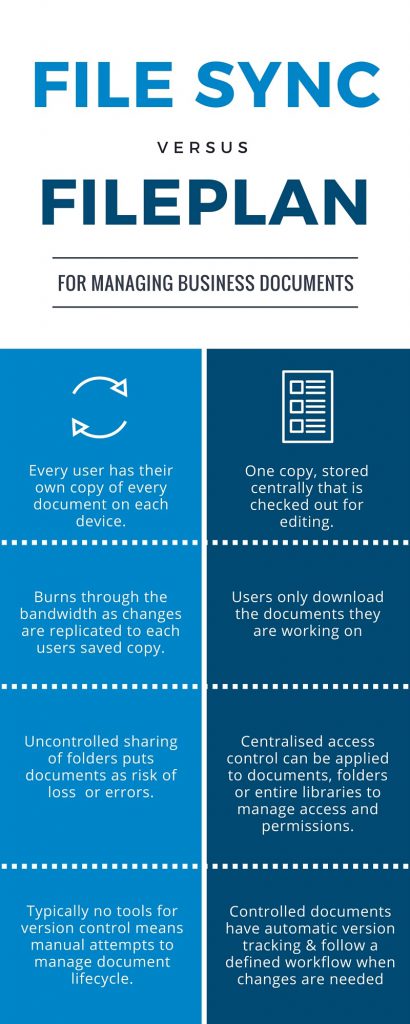
File sync services like Dropbox and One Drive are widely used for managing personal files and folders. They’re cheap (or free!) and simple to use and so have become the easy choice for businesses attempting to manage documents in the cloud. But effective document management involves more than just sharing files with other uses and devices.
Workers are wasting too much time trying to work with documents and it is costing businesses. Results from a global survey by IDC point to a disastrous burden being borne by businesses with inadequate document management solutions.*
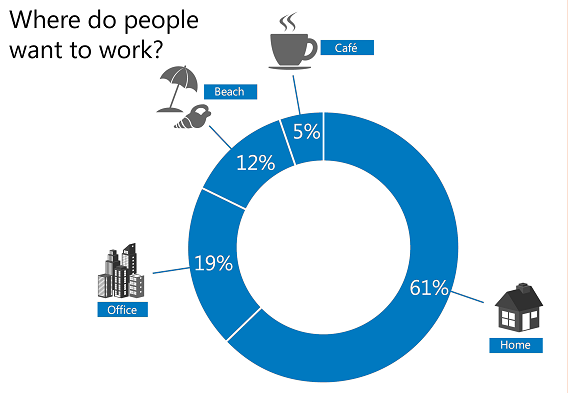
Work and flexibility, two words that don't go together for many of us. But with sound policies, flexible attitudes and the right cloud services providing remote access to business documents, the modern workplace can be...well...anywhere you want it.
People everywhere are talking about “the cloud”. From data and applications to complete IT infrastructure, transferring business processes to the cloud is finding a foothold in organisations around the world.
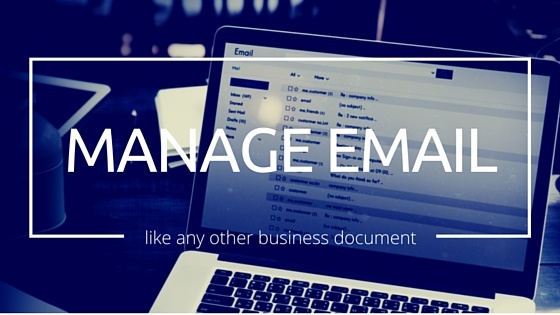
Imagine this...you're coming to the end of one of your biggest projects for the year. You're just about to shout the team a celebratory round when the customer disputes your final invoice, claiming it doesn't match the terms negotiated via email all those months ago. How long will it take you to find all the information you need to get to the bottom of things?
Can't remember your web address?
Please enter your email address and we will send you a link to your fileplan instance web address.